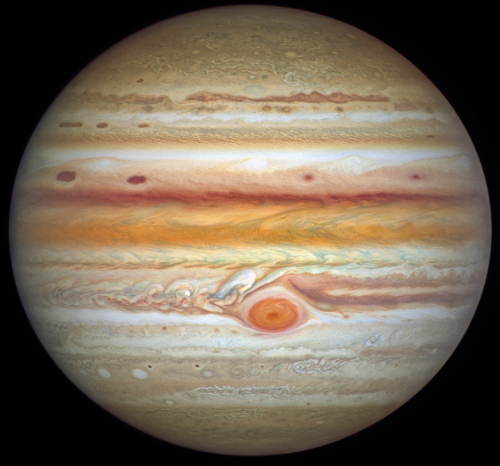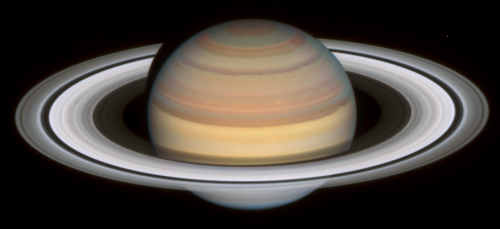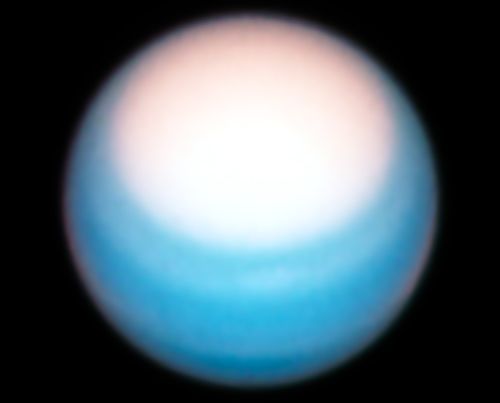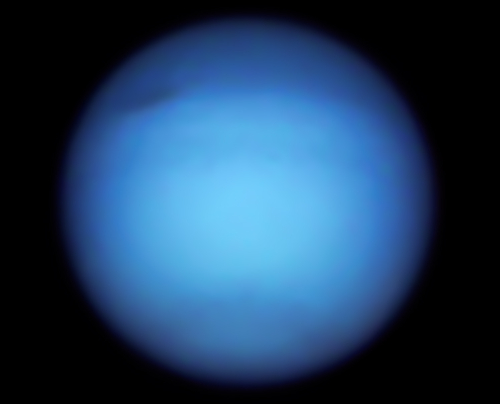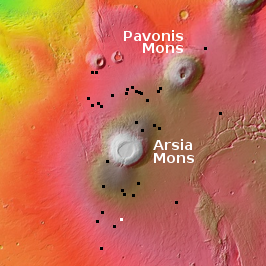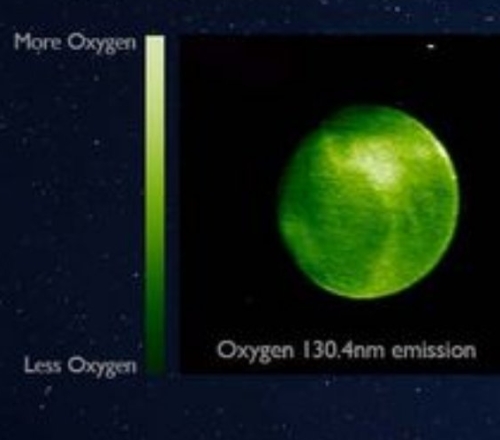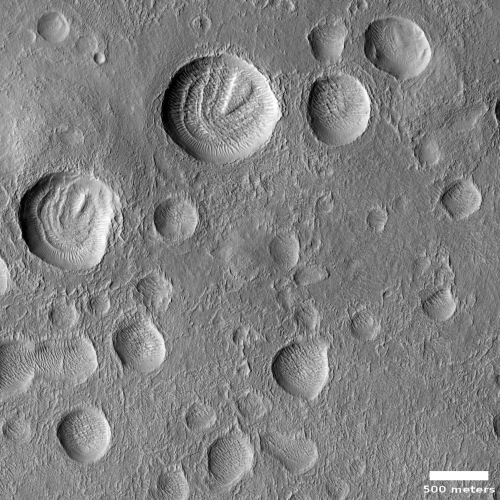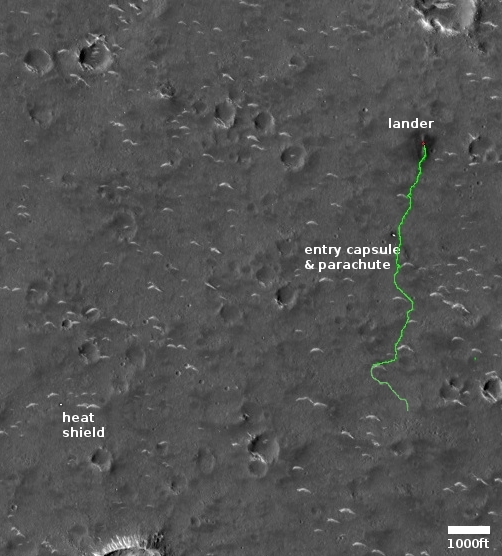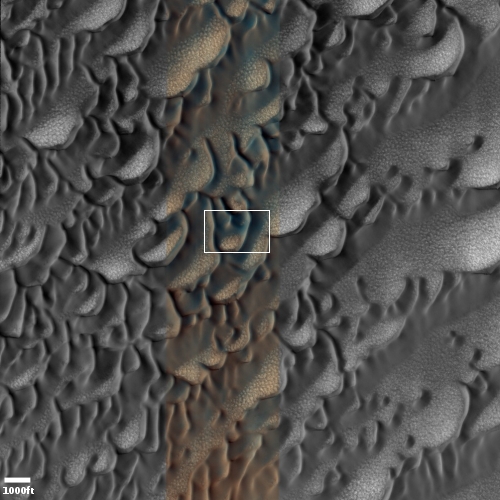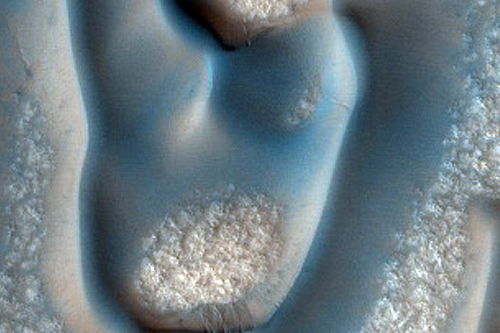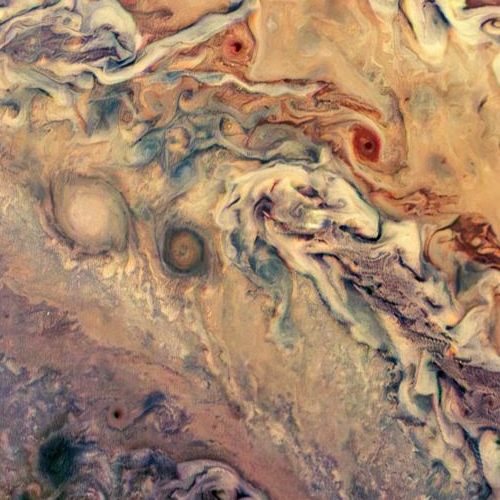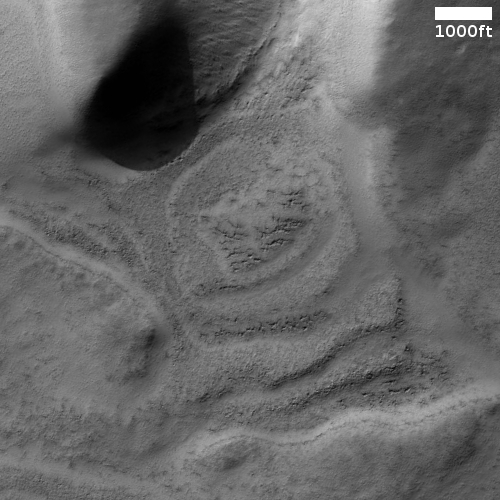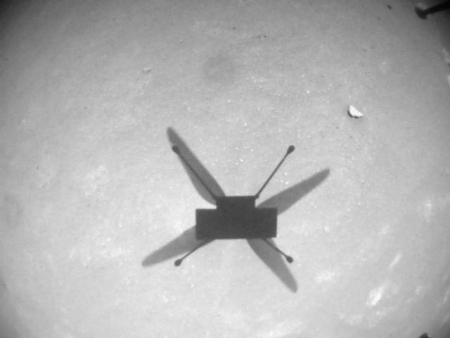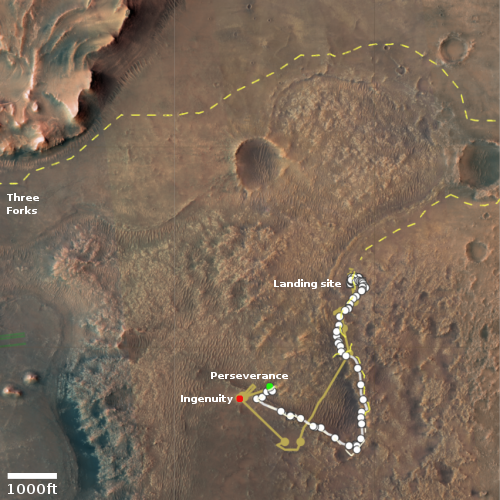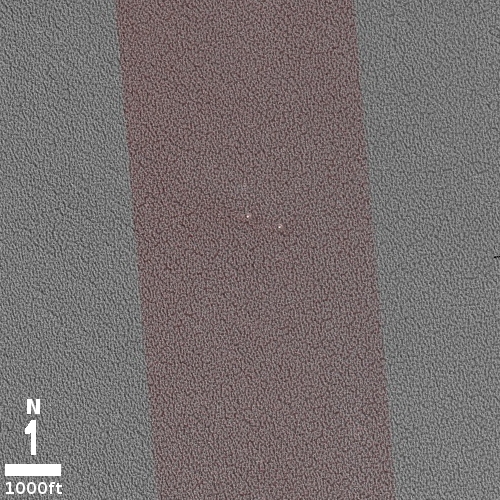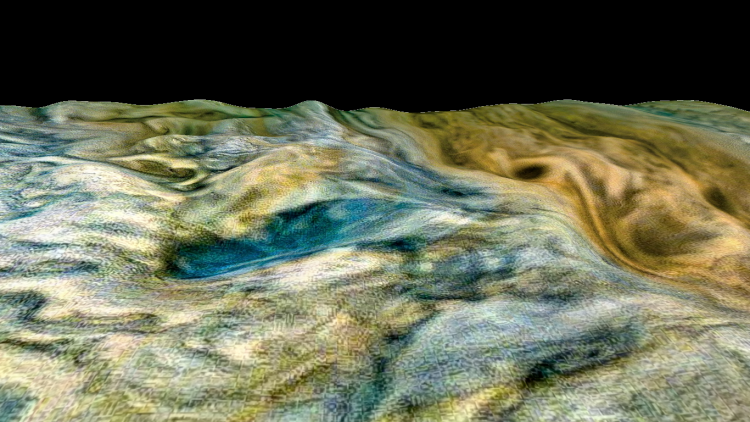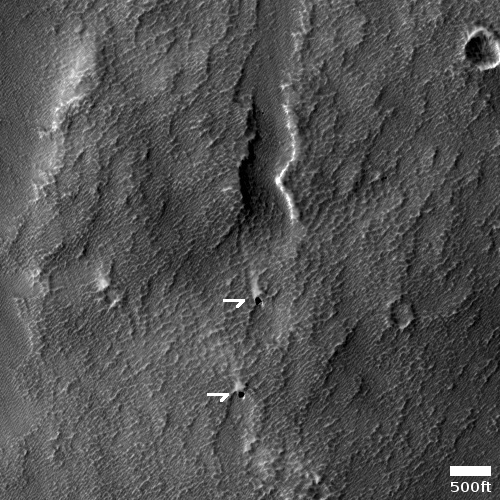Engineers: Webb undamaged by “incident”, ready for December 22nd launch
Arianespace engineers have confirmed after testing that the James Webb Space Telescope was undamaged by “incident” that occurred during stacking, and have okayed the resumption of the telescope’s preparation for launch.
On Wednesday, Nov. 24, engineering teams completed these tests, and a NASA-led anomaly review board concluded no observatory components were damaged in the incident. A “consent to fuel” review was held, and NASA gave approval to begin fueling the observatory. Fueling operations will begin Thursday, Nov. 25, and will take about 10 days.
The launch is now set for December 22nd.
Arianespace engineers have confirmed after testing that the James Webb Space Telescope was undamaged by “incident” that occurred during stacking, and have okayed the resumption of the telescope’s preparation for launch.
On Wednesday, Nov. 24, engineering teams completed these tests, and a NASA-led anomaly review board concluded no observatory components were damaged in the incident. A “consent to fuel” review was held, and NASA gave approval to begin fueling the observatory. Fueling operations will begin Thursday, Nov. 25, and will take about 10 days.
The launch is now set for December 22nd.

